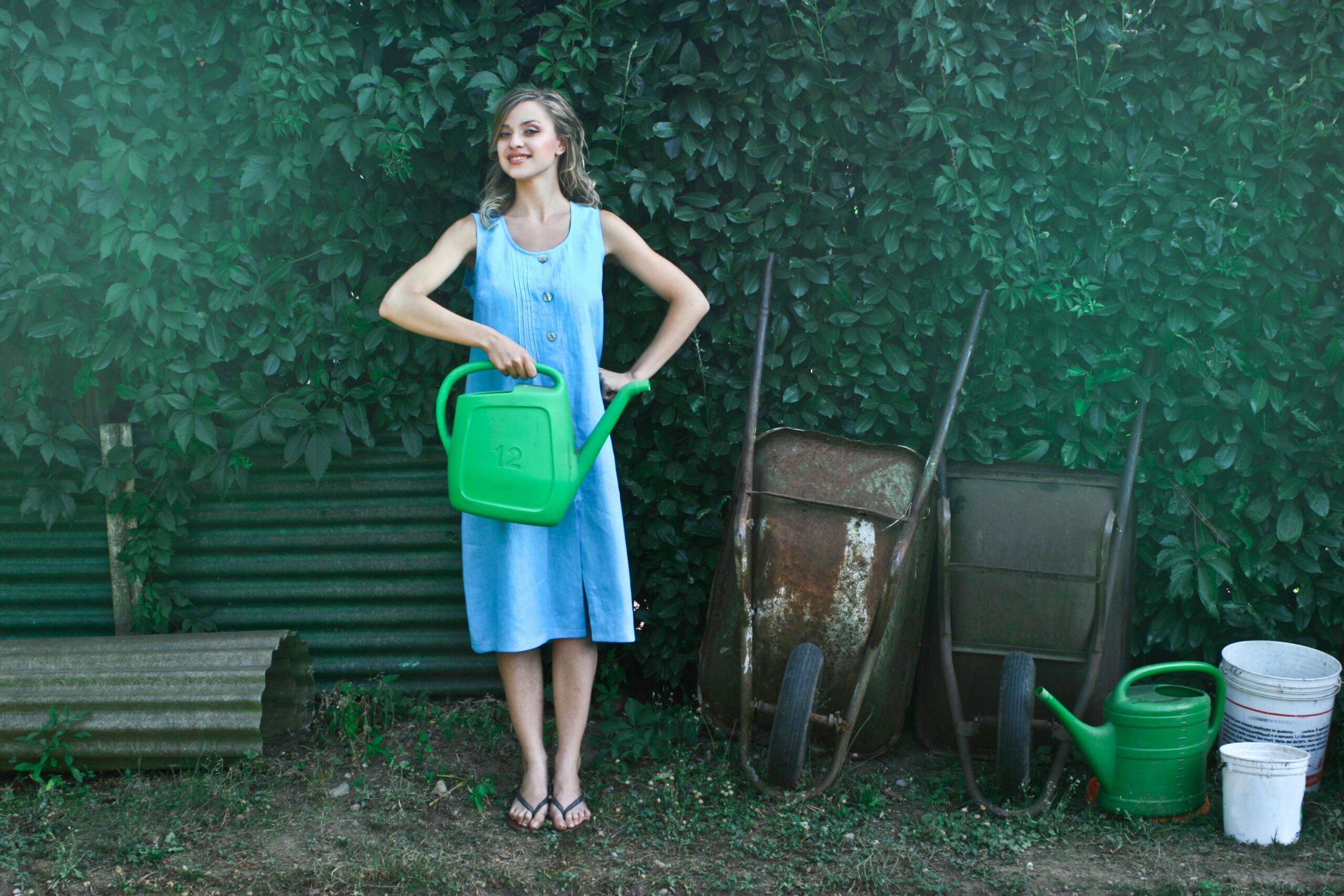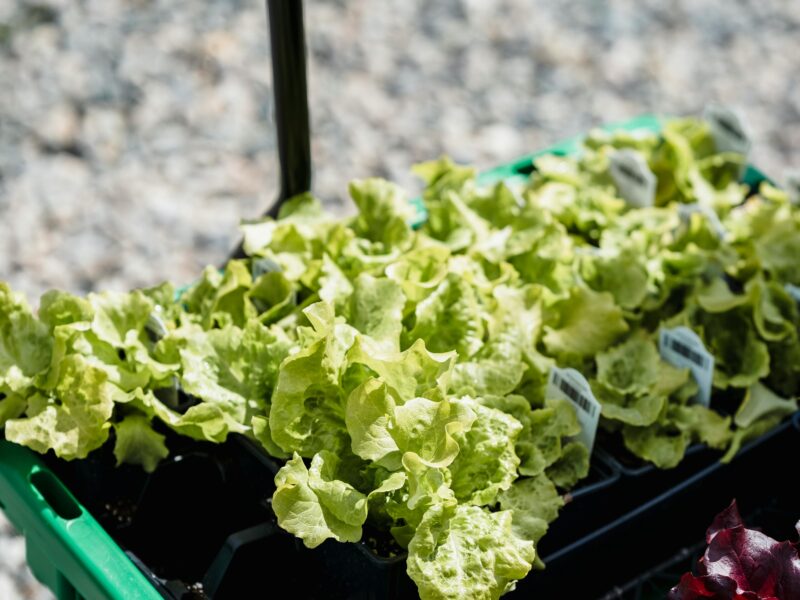If you’re short on space but dream of growing your own vegetables, container gardening is the perfect solution. Whether you have a small balcony, a patio, or just a sunny windowsill, container gardening allows you to grow fresh, organic produce right at home. This method is incredibly versatile and can be tailored to fit any space, lifestyle, or gardening skill level. In this guide, we’ll explore the essentials of container vegetable gardening, from selecting the right containers and soil to choosing the best vegetables for small spaces and maintaining a thriving garden.
Why Choose Container Gardening?
Container gardening is an excellent option for urban dwellers, renters, or anyone with limited gardening space. Here are some of the benefits:
- Space Efficiency: Container gardening maximizes small spaces by using pots, hanging baskets, and vertical planters. You can grow a variety of vegetables in even the tiniest of spaces.
- Mobility and Flexibility: Containers can be moved around to optimize sunlight exposure, avoid pests, or protect plants from harsh weather. This mobility allows for more control over the growing environment.
- Pest and Disease Control: Growing vegetables in containers reduces the risk of soil-borne diseases and pests. It’s easier to monitor and manage individual plants in containers.
- Easy Maintenance: Container gardening requires less weeding, and it’s easier to maintain soil quality and moisture levels. This makes it a great option for beginner gardeners or those with limited time.
Getting Started: Choosing the Right Containers
The success of your container vegetable garden largely depends on choosing the right containers. Here are some factors to consider:
- Size: Different vegetables have different root depth requirements. For example, leafy greens like lettuce and spinach can thrive in shallow containers, while root vegetables like carrots and potatoes need deeper pots. Tomatoes and peppers require larger containers to accommodate their extensive root systems.
- Material: Containers come in a variety of materials, including plastic, terracotta, ceramic, and fabric. Plastic pots are lightweight, retain moisture well, and are often more affordable. Terracotta pots are aesthetically pleasing but tend to dry out quickly. Fabric grow bags provide good drainage and aeration but need more frequent watering.
- Drainage: Proper drainage is crucial to prevent root rot. Make sure each container has drainage holes at the bottom. If your pots don’t have holes, drill some or add a layer of gravel at the bottom to improve drainage.
- Mobility: If you plan to move your containers around, choose lightweight pots or consider adding wheels to larger containers for easy mobility.
Selecting the Right Soil
Container gardening requires a different approach to soil compared to traditional gardening. Regular garden soil is too dense for containers and can lead to poor drainage and compaction. Instead, use a high-quality potting mix specifically designed for container gardening. Look for a mix that includes the following components:
- Peat Moss or Coconut Coir: Helps retain moisture and improve soil structure.
- Perlite or Vermiculite: Enhances drainage and aeration.
- Compost or Organic Matter: Provides essential nutrients for healthy plant growth.
Consider adding slow-release organic fertilizers or compost to your potting mix to ensure your vegetables receive a steady supply of nutrients throughout the growing season.
Choosing Vegetables for Container Gardening
Not all vegetables are suitable for container gardening, but many can thrive in pots with the right care. Here are some of the best vegetables for container gardening:
1. Tomatoes
Tomatoes are one of the most popular vegetables for container gardening due to their productivity and versatility. They require a large container (at least 5 gallons) with good drainage and support, such as a trellis or tomato cage.
- Varieties: Cherry tomatoes, patio tomatoes, and dwarf varieties are excellent choices for containers.
- Sunlight: At least 6-8 hours of sunlight per day.
- Watering: Keep the soil consistently moist but not waterlogged.
2. Peppers
Peppers, both sweet and hot, grow well in containers. They thrive in warm temperatures and need plenty of sunlight.
- Varieties: Bell peppers, jalapeños, and mini sweet peppers are great for containers.
- Sunlight: At least 6-8 hours of direct sunlight daily.
- Watering: Water regularly, keeping the soil evenly moist.
3. Leafy Greens
Leafy greens like lettuce, spinach, kale, and Swiss chard are perfect for container gardening because they have shallow roots and grow quickly.
- Varieties: Loose-leaf lettuce, baby spinach, and dwarf kale are ideal choices.
- Sunlight: 4-6 hours of sunlight, with some varieties preferring partial shade.
- Watering: Keep the soil consistently moist and harvest leaves regularly to encourage new growth.
4. Herbs
Herbs are compact, easy to grow, and perfect for containers. They can also be grown indoors on a sunny windowsill.
- Varieties: Basil, parsley, cilantro, thyme, and mint are great choices.
- Sunlight: Most herbs need at least 4-6 hours of sunlight daily.
- Watering: Varies by herb; most prefer well-drained soil and moderate watering.
5. Radishes and Carrots
Root vegetables like radishes and carrots can be grown in deeper containers (at least 12 inches deep) with loose, well-draining soil.
- Varieties: Cherry Belle radishes and Nantes or Danvers Half-Long carrots are suitable for containers.
- Sunlight: At least 6 hours of sunlight daily.
- Watering: Keep the soil consistently moist but not waterlogged.
6. Beans and Peas
Beans and peas are excellent choices for container gardening as they don’t require much space and can be grown vertically with support.
- Varieties: Bush beans and dwarf peas are ideal for small spaces.
- Sunlight: At least 6-8 hours of direct sunlight.
- Watering: Water regularly, especially when the pods start forming.
Planting and Care Tips for a Thriving Container Garden
- Watering: Container plants dry out more quickly than those in the ground, so consistent watering is crucial. Check the moisture level of the soil daily, especially during hot weather. Water in the morning to reduce evaporation and avoid wetting the leaves to prevent fungal diseases.
- Fertilizing: Container-grown vegetables require more frequent feeding than garden-grown plants. Use a balanced liquid fertilizer every 2-4 weeks, or apply a slow-release fertilizer at the beginning of the growing season. Organic options like compost tea or fish emulsion can provide a nutrient boost without harsh chemicals.
- Sunlight: Most vegetables need at least 6-8 hours of sunlight daily. Monitor sunlight exposure in your space and move containers as needed to ensure optimal light conditions. Consider using reflective surfaces like white walls to increase light exposure.
- Pruning and Pinching: Regularly prune or pinch back plants like tomatoes, peppers, and herbs to encourage bushier growth and higher yields. Removing dead or yellowing leaves can also help prevent disease.
- Pest Control: Keep an eye out for pests like aphids, spider mites, and whiteflies. Use natural pest control methods like neem oil, insecticidal soap, or introducing beneficial insects such as ladybugs. Companion planting with marigolds or garlic can also help deter pests.
- Support Structures: Use stakes, cages, or trellises to support vining or tall plants like tomatoes, beans, and cucumbers. This will keep plants upright, improve air circulation, and reduce the risk of disease.
Maximizing Your Harvest in Small Spaces
To maximize your harvest, consider the following strategies:
- Succession Planting: Plant quick-growing vegetables like lettuce, radishes, and spinach in succession every few weeks to ensure a continuous harvest throughout the growing season.
- Intercropping: Grow fast-growing vegetables like lettuce or herbs alongside slower-growing ones like tomatoes or peppers to maximize space.
- Vertical Gardening: Use trellises, hanging baskets, or vertical planters to grow climbing vegetables like peas, beans, and cucumbers, saving valuable ground space.
Container vegetable gardening is a flexible and rewarding way to grow fresh produce in small spaces. By choosing the right containers, soil, and vegetables, and providing consistent care, you can enjoy a bountiful harvest from your balcony, patio, or windowsill. Whether you’re a beginner or an experienced gardener, container gardening offers endless possibilities for creativity and sustainability. So grab a pot, some soil, and a few seeds, and start growing your own small-space vegetable garden today! Happy gardening!


